Ant Control: Ants, Ants, Ants…So Many Different Species
Background
There are more than 700 ant species found in the U.S., although only about 25 species commonly infest homes. Ants are social insects that typically live in underground colonies, made up of workers and a queen. Colonies can house up to hundreds of thousands of individuals, so you will likely see more than one at a time. Ants will eat practically any kind of food, enjoy moist environments but are especially attracted to sweets. Ant identification is relatively simple due to their three distinct body regions: head, thorax (chest) and abdomen, as well as antennae. Despite similar construction, ants vary in overall appearance. Small or large ants and brown or black ants are common nicknames for different species.
Common Types of Ant Species
There is one houseguest that no one wants, but nearly everyone gets – ants! A recent survey conducted by the National Pest Management Association (NPMA) revealed that various types of ants are everywhere. In fact, ants have been deemed the #1 nuisance pest in America.
With more than 700 types of ant species in the United States, it is not surprising that ants can quickly become a source of disgust, frustration, and concern for homeowners. Unfortunately, most people do not realize that these pests can also pose health and property risks – from food contamination to costly property damage.
Luckily, there are many ways to effectively reduce the potential development of a major ant infestation. To prevent these unwelcome visitors from invading your home, eliminate moisture or standing water near the home by repairing leaking hose bibs and other supply lines, downspouts, drain lines and air conditioner condensate lines. Also, keep tree branches and other plants cut back from the house, as ants often use these branches to get into homes.
Homeowners must pay close attention to signs of an infestation and act if ants are found. The first step to eliminating an infestation is to identify the types of ant species, which will help determine the necessary course of treatment. However, this can be a challenge for someone without proper training, so contact Millette Pest Control – we can assist with the pest problem.
Types of Ants
Here is a selection of ants that are common to infesting homes, however, we will be focusing our attention on those species who are in boldface below:
Acrobat Ant, Argentine Ant, Carpenter Ant, Crazy Ant, Field Ant, Ghost Ant, Harvester Ant, Leafcutting Ant, Little Black Ant, Odorous House Ant, Pavement Ant, Pharaoh Ant, Pyramid Ant, Red Imported Fire Ant, Thief Ant, White-footed Ant and Yellow ant
Argentine Ants
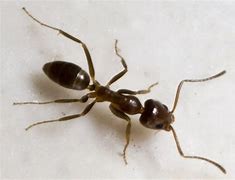
Courtesy of PestWorld.org
Carpenter Ants
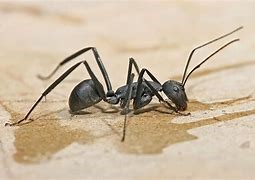
Courtesy of Wikipedia
Crazy Ants
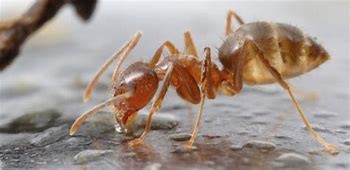
Courtesy of University of Texas Austin
Odorous House Ants
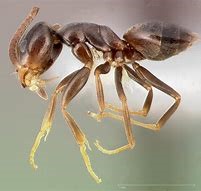
Courtesy of Insect.com
Pavement Ants
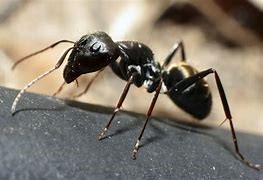
Courtesy of PestWorld.org
Red Imported Fire Ants
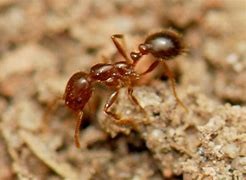
Courtesy of University California Irvine
Pharaoh Ants
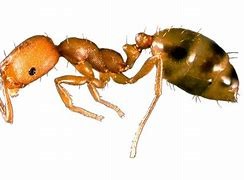
Courtesy of PestWiki.com
- Appearance: Pharaoh ants are very small—less than 1/16 of an inch – have light yellow bodies with red and black markings on the abdomen. Antennae have 12 segments with a club at the far end
- Pharaoh ants consume sweet substances but seem to prefer foods like greasy and fatty meats. These ants prefer to build their colony in protected, secluded locations that are warm, humid and near sources of food and moisture.
- Pharaoh ant populations can grow rapidly, especially if they go unnoticed near kitchens and pantries. Residents should throw away infested food, as the pests can spread salmonellosis and dysentery.
Ant Prevention & Control
Ants are social insects that live in large colonies, so what may seem like a small infestation can quickly become a major pest problem for homeowners. If you suspect an ant infestation, do not wait to act. Infestations of all types of ants will continue to grow without proper treatment. Rather, be sure to contact Millette Pest Control today to assist in proper identification and treatment of the species.
